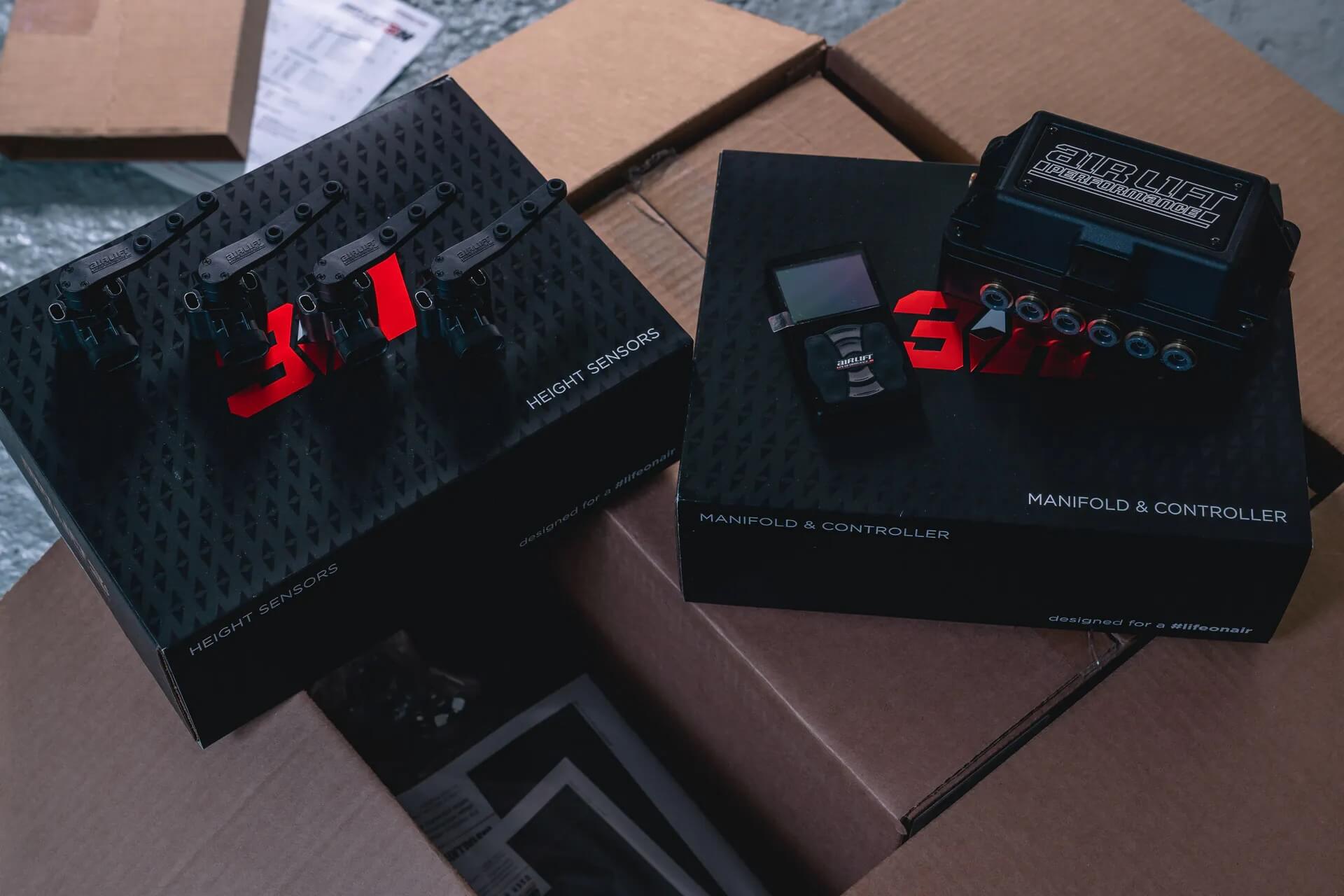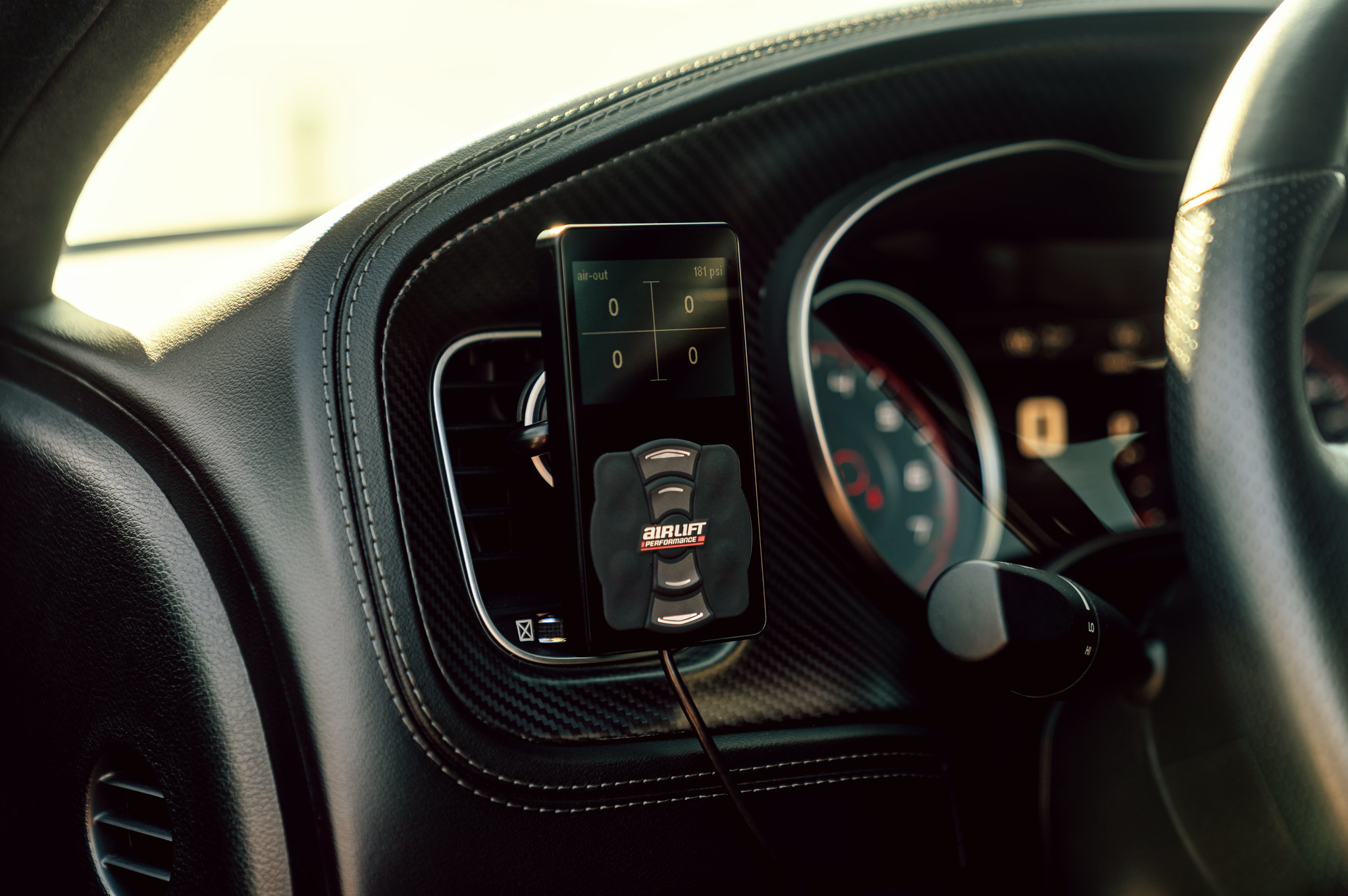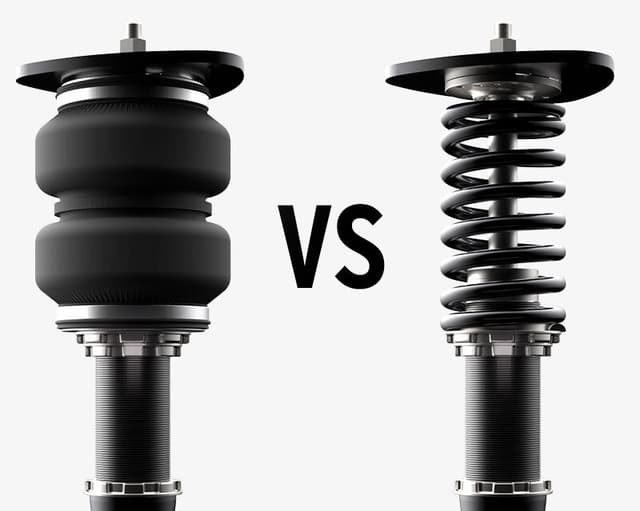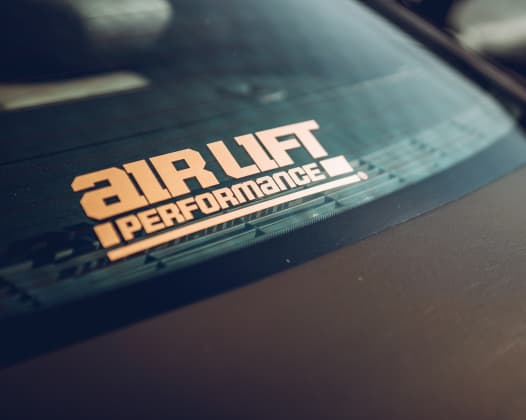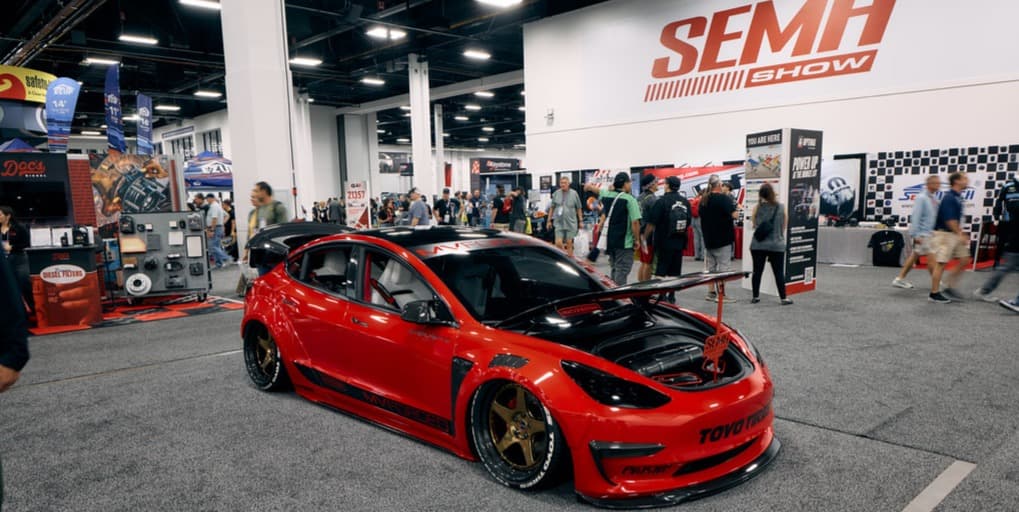
Top 7 Mistakes When Building Your First Air Suspension System
10/18/2024
As the air suspension experts for over 75 years, from load support to airing out the best builds, we know the best tricks when setting up a system. We thought it was time we shared some tips everyone needs to know, especially before building your first air suspension system yourself.
Top 7 Mistakes When Building Your First Air Suspension System
Air leaks
- Improperly Cut Air Line: Common PTC leaks are typically due to improperly cut air lines or too much tension on the airline at the fitting. The line should be cut perfectly flush and inserted into the fitting with no tight radius bends directly into the fitting itself, creating tension.
- No Sealant: NPT fittings require a thread sealant to be leakproof. Using no sealant will almost guarantee the fitting will leak. These fittings are tapered, and an under-tightened fitting will leak. Over-tightened fittings can crack/split or crack/split the component into which the fitting is threaded.
Routing near heat source and edges: Be mindful while routing air lines, and avoid the exhaust and sharp edges.
Wiring
- Improper Connections: Improper wiring connections can cause voltage and communication issues within electrical components. Proper, secure wiring connections are necessary to ensure consistent and reliable product use.
- Not Using Inline Fuses: Users often install our products without the supplied in-line fuses. These are needed as a safety measure to prevent wiring or electrical components from overheating or burning. If compressors are faulty, they can overdraw amperage and cause the wiring to melt/burn without a fuse to pop to prevent such damage.
- Improper Ignition Source: Make sure the ignition source is a true ignition source. A trustworthy ignition source will see constant power only when the vehicle is in the on position. We’ve seen users wire into their fusebox and wonder why the system never shuts off or only works if the wipers/horn/headlights/etc are on since they wired it to the wrong source.
Get The Latest from Air Lift Performance
Want first access to big sale events, performance suspension news, and exclusive drops that sell out quickly?


